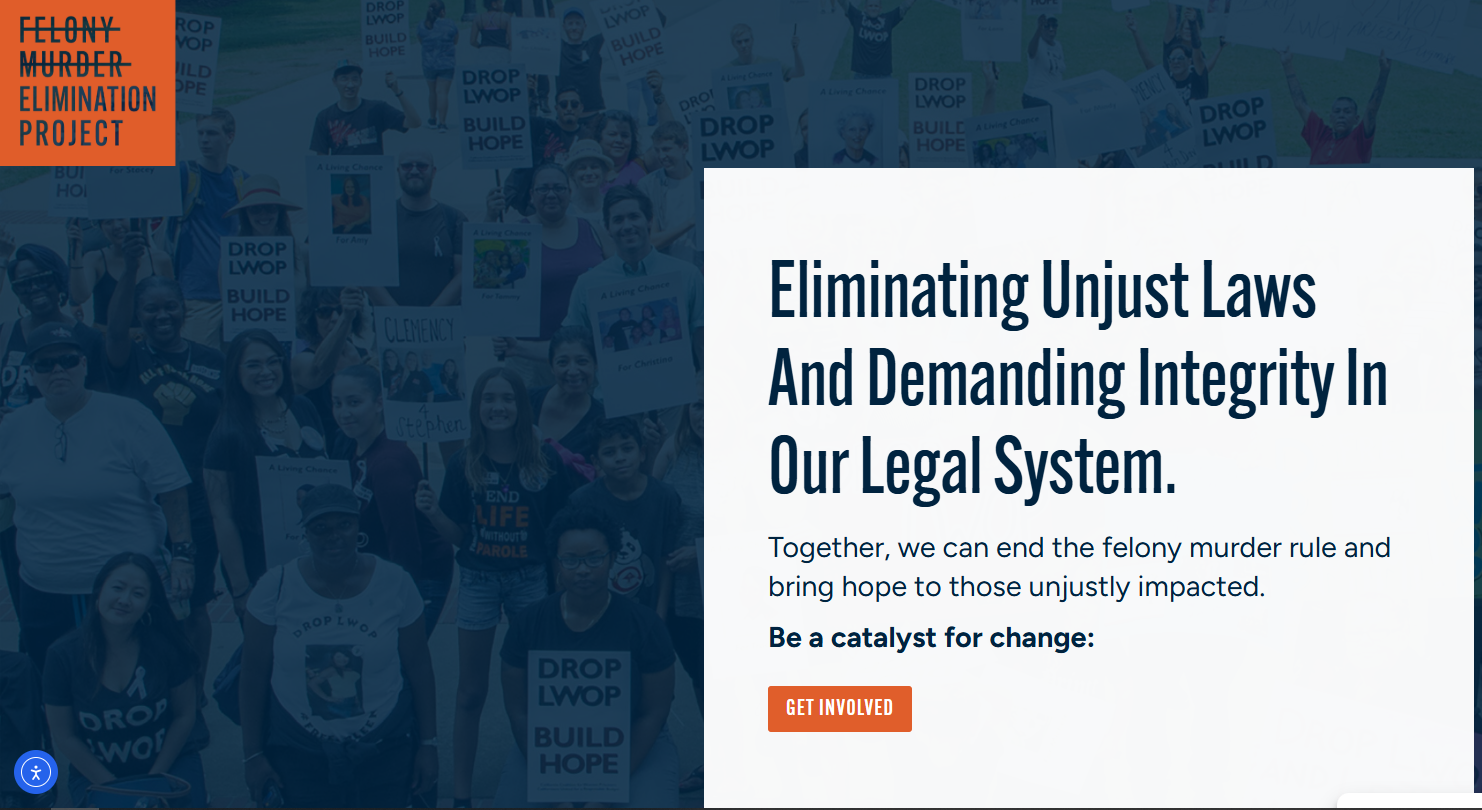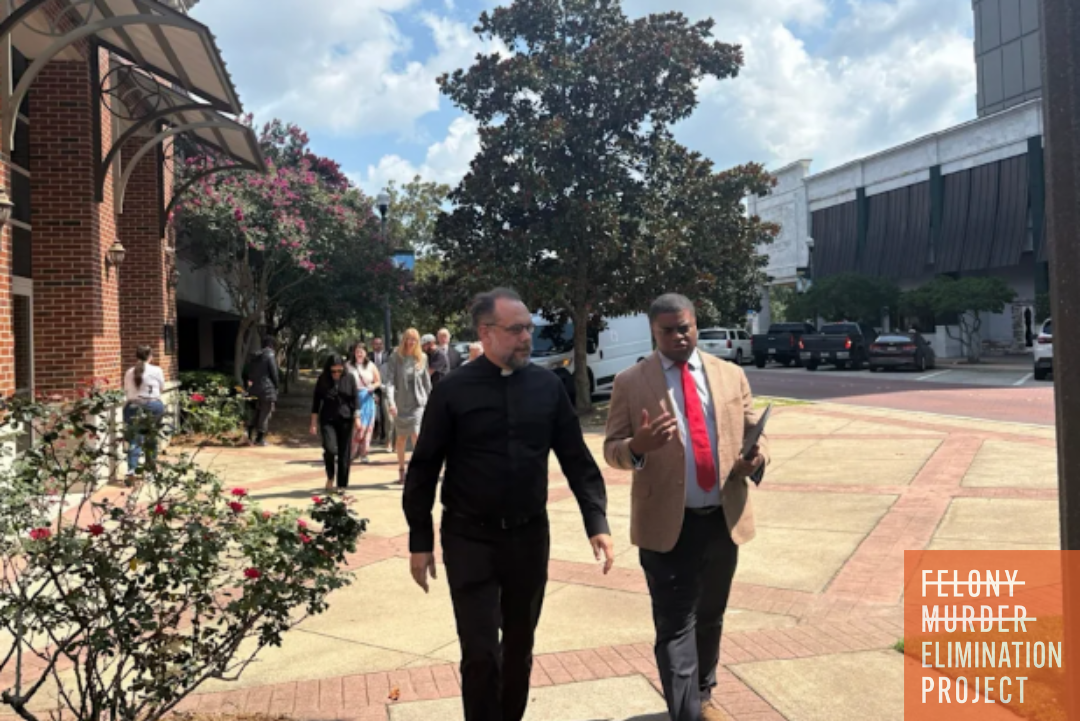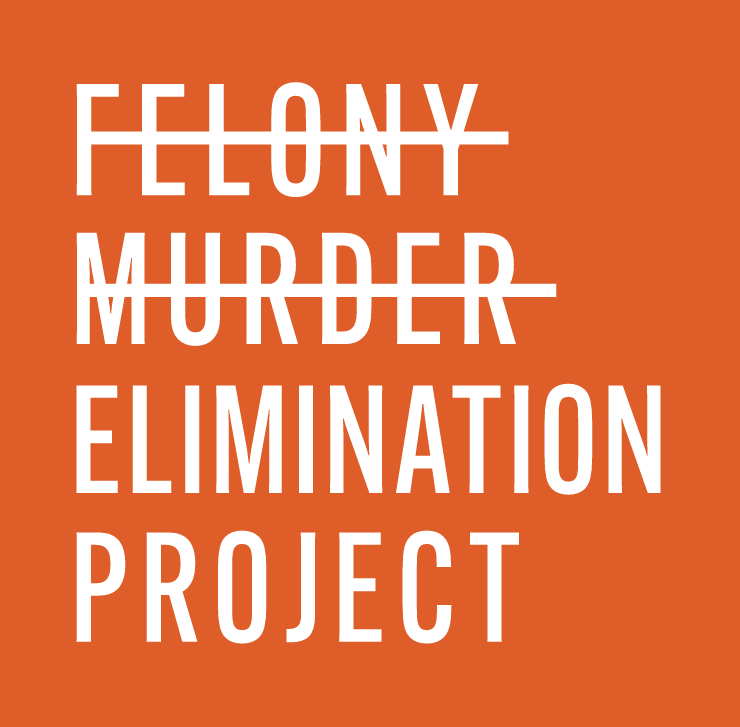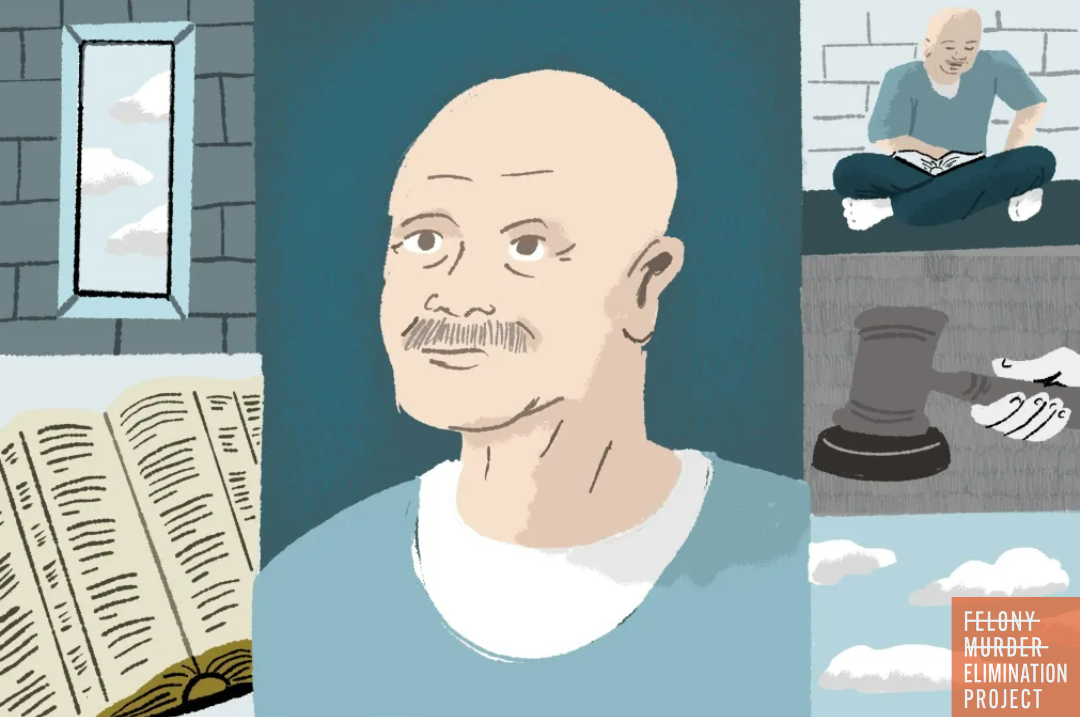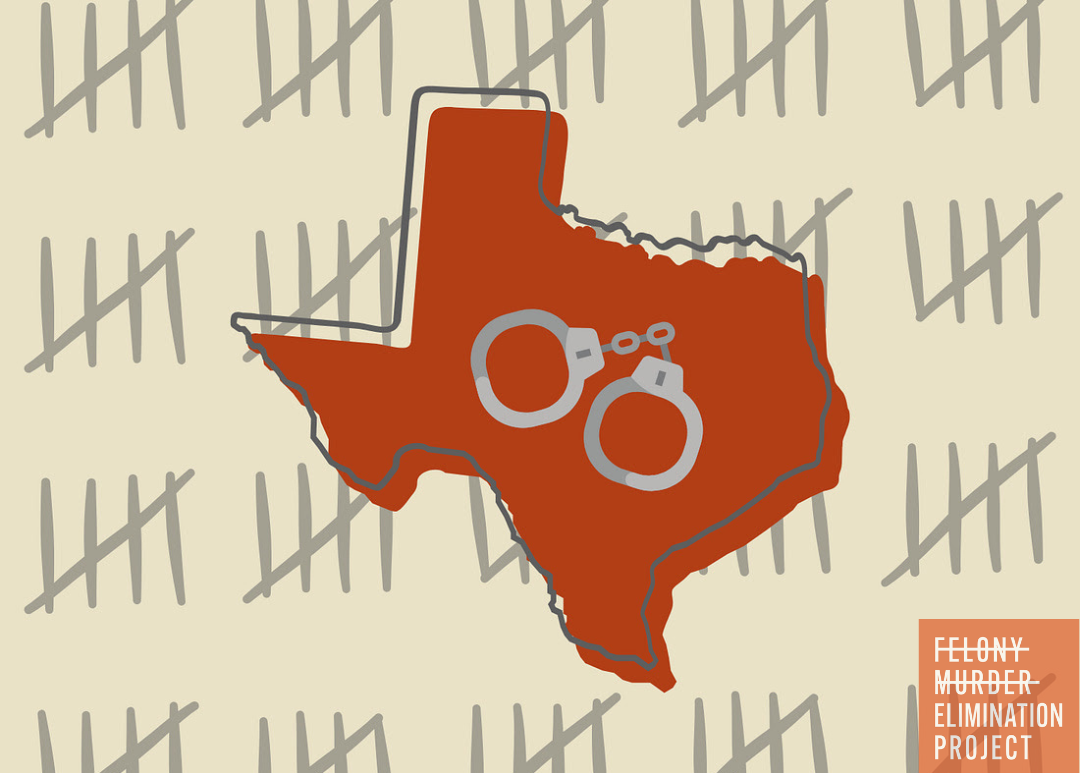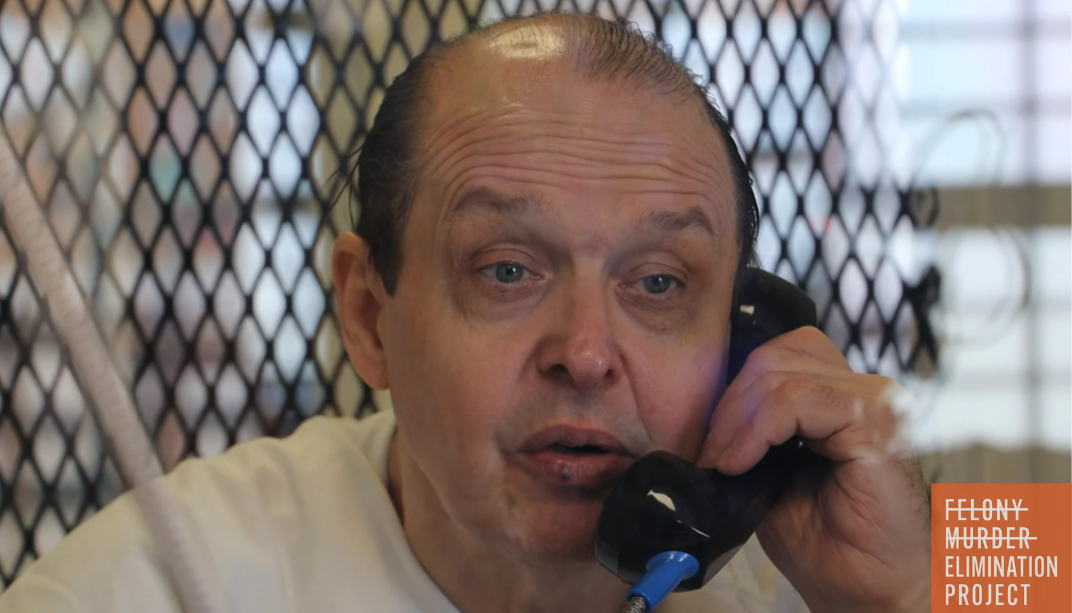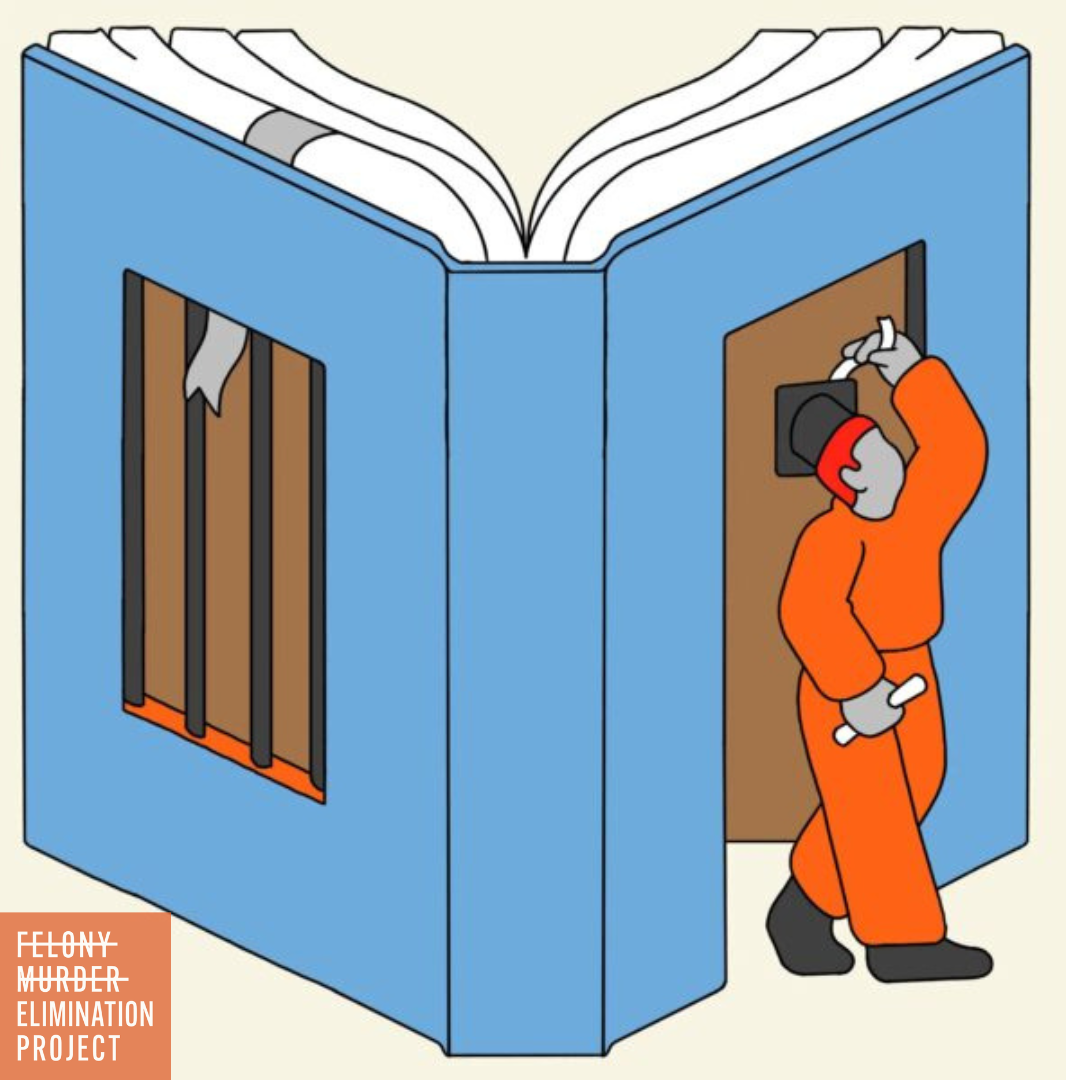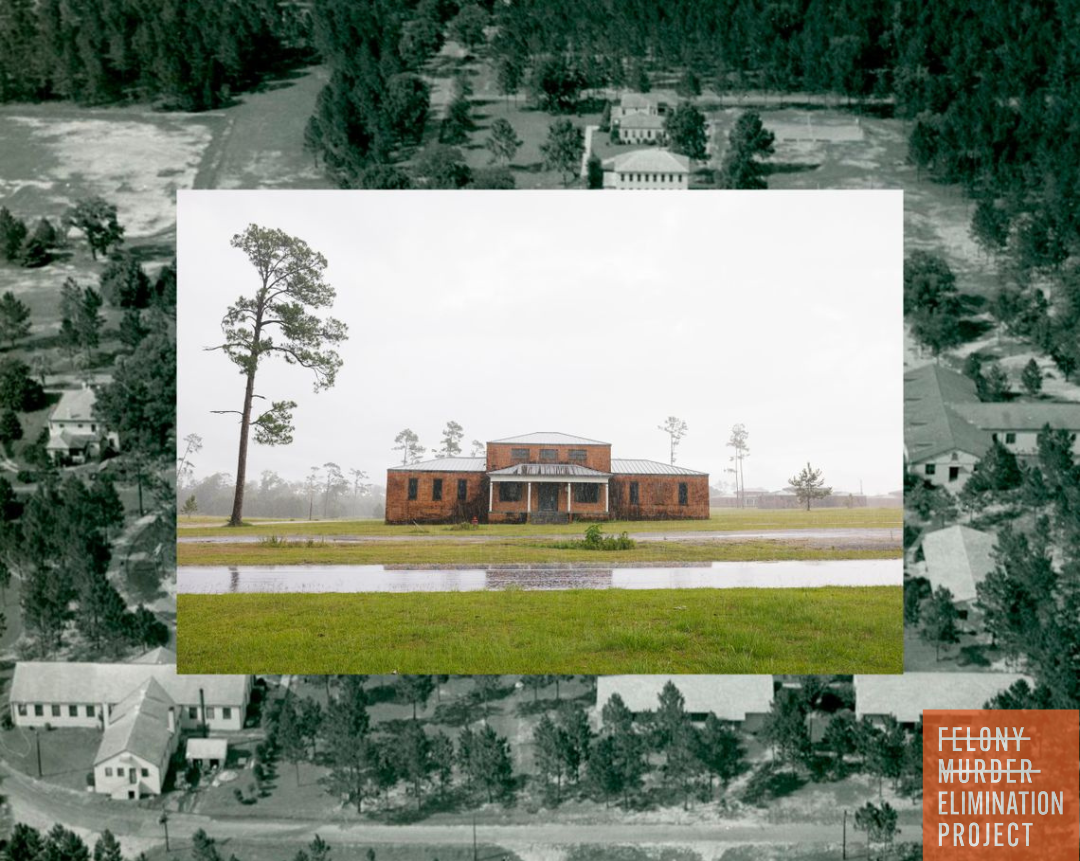Witnessing the Solitary-to-Cemetery Pipeline
Though people in solitary confinement are 6 to 8% of the total prison population, they account for nearly half of those who die by suicide
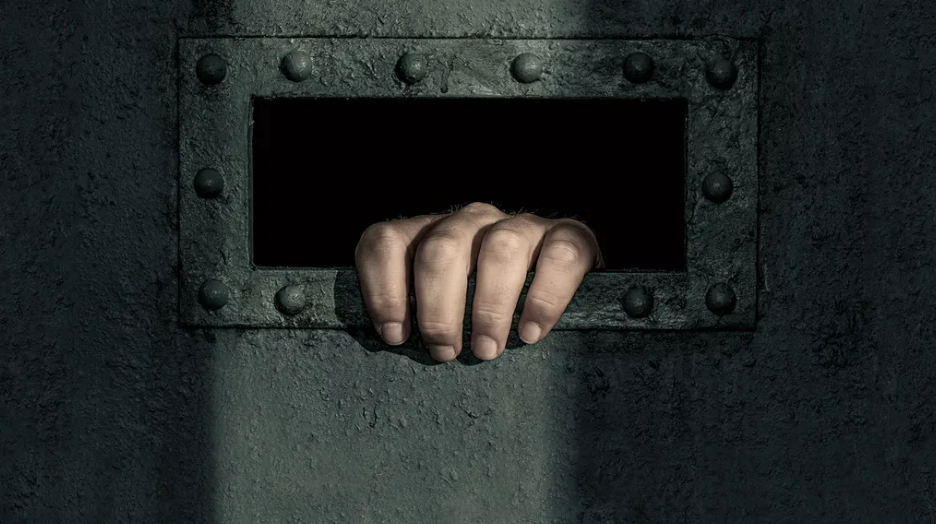
TW: Suicide
When the United Nations released a set of guidelines for the treatment of incarcerated people in 2015, it prohibited the use of solitary confinement for more than 15 consecutive days. In the United States, however, it’s quite common for incarcerated people to spend several months — and sometimes years — at a time in isolation.
Currently, there are no Federal time limits on the period of time incarcerated people may be placed in solitary confinement. According to a 2021 University of Maryland study, about ten percent of people who are put in solitary are kept there for three years or more, with some kept there for decades.
Placing people in solitary confinement adds a level of stress that has been shown to cause permanent changes to people’s brains and personalities. In fact, the part of the brain that plays a major role in memory has been shown to physically shrink after long periods without human interaction. And since humans are naturally social beings, depriving people of the ability to socialize can cause “social pain,” which researchers define as “the feelings of hurt and distress that come from negative social experiences such as social deprivation, exclusion, rejection, or loss.” Social pain affects the brain in the same way as physical pain, and can actually cause more suffering because of humans’ ability to relive social pain months or even years later.
The effects of solitary confinement on mental health can be lethal. Even though people in solitary confinement comprise only 6% to 8% of the total prison population, they account for approximately half of those who die by suicide. Relatedly, observation cells in prisons, which are used for suicide watch — often with similar conditions to solitary confinement — are disproportionately filled with transfers from segregation. People often cycle between the two units without receiving adequate professional help to address their underlying mental health concerns.
Even if someone doesn’t enter solitary with a mental health condition, it’s possible for them to develop a specific psychiatric syndrome due to the effects of isolation. Dr. Stuart Grassian, who first identified the syndrome, notes that it is characterized by a progressive inability to tolerate ordinary things, such as the sound of plumbing; hallucinations and illusions; severe panic attacks; difficulties with thinking, concentration, and memory; obsessive, sometimes harmful, thoughts that won’t go away; paranoia; problems with impulse control; and delirium.
Incarcerated writer Kwaneta Harris contributed "Witnessing the Solitary-to-Cemetary Pipeline" for Solitary Watch. An excerpt is included below.
*****
The first time I saw a noose made from torn bed sheets, I thought it was a dream. Eight and a half years in solitary confinement have shown me it’s a recurring nightmare. I’ve lost count of how many times I’ve pressed my face against cold steel, screaming for help while watching someone’s daughter, sister, mother, or grandmother trying to escape this concrete tomb the only way they felt they could.
When a person dies by suicide in the free world—at school, at work, in the military—there are protocols. Grief counselors arrive with emotional support animals, support groups form, and people gather to mourn. But here in Texas prisons we’re expected to return to our silent cells and stare at the evidence of our friends’ final moments. The blood stains may eventually fade from the floor, but they never fade from our minds. The guards get counseling after witnessing these deaths. They can request transfers to different units, away from the haunting memories of solitary confinement. But us? We’re trapped here, forced to be unwilling witnesses to death after death, with no help processing the trauma. Unless you’re already on the mental health caseload by taking psychotropic medications, you won’t see any of the four mental health counselors assigned to our 1,400 residents. They’re overwhelmed, burned out, leaving for other jobs. Just like the guards, just like the nurses, everyone gets to leave except us.
*****
You can read the full piece, "Witnessing the Solitary-to-Cemetary Pipeline" by Kwaneta Harris, in Solitary Watch. Kwaneta Harris is an abolitionist feminist, and an incarcerated journalist in Texas. Solitary Watch is a nonprofit watchdog organization that works to uncover the truth about solitary confinement and other harsh prison conditions in the United States by producing high-quality investigative journalism, accurate information, and authentic storytelling from both sides of prison walls.

